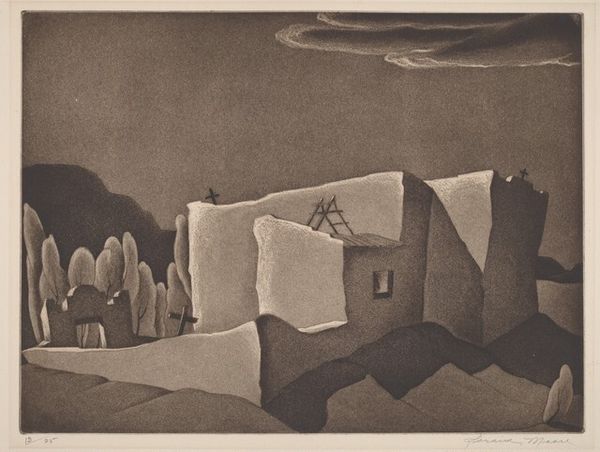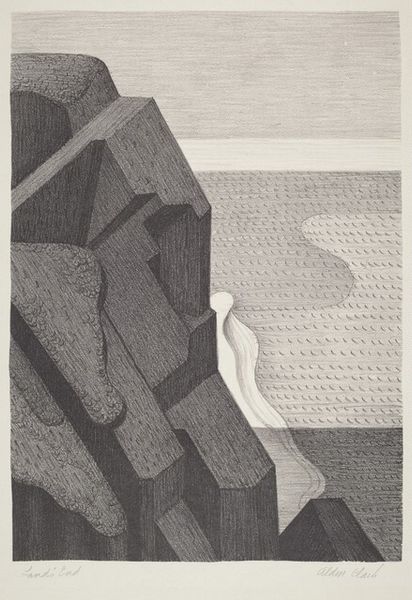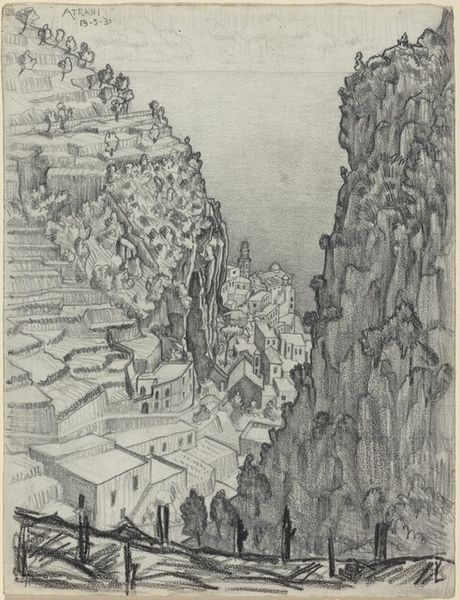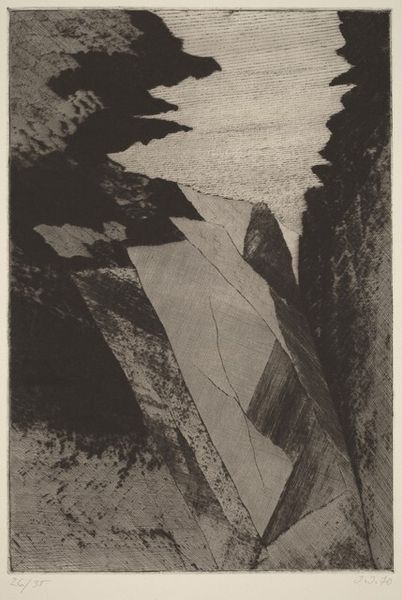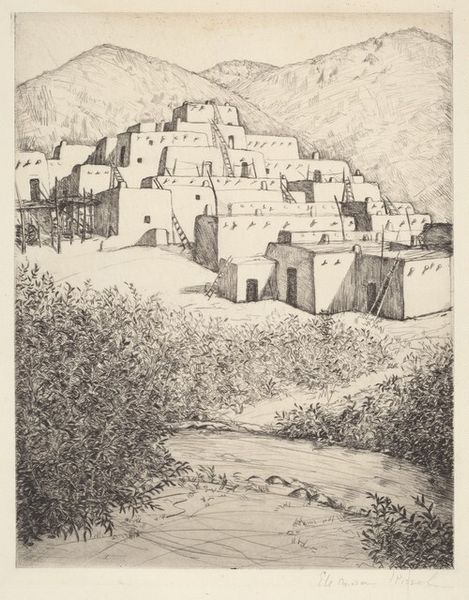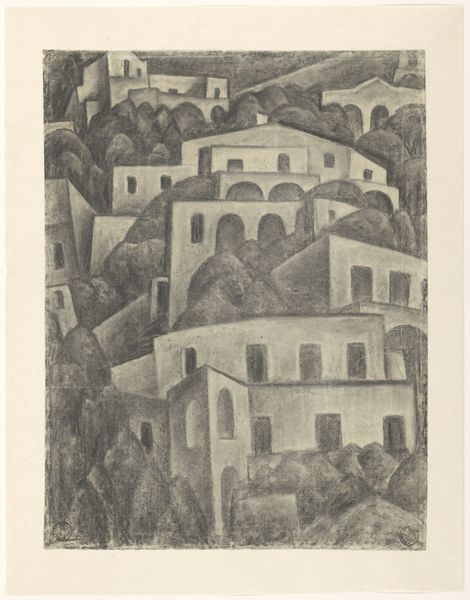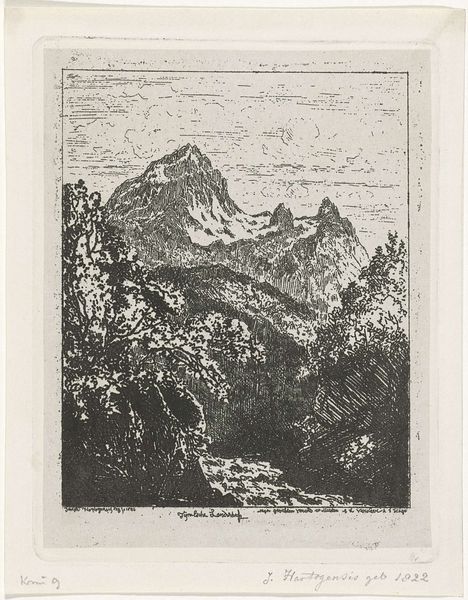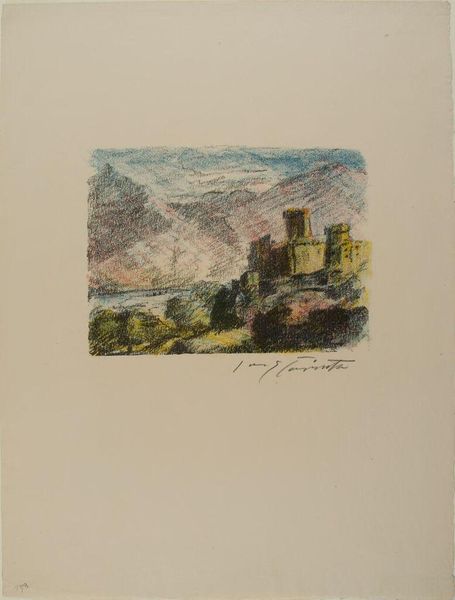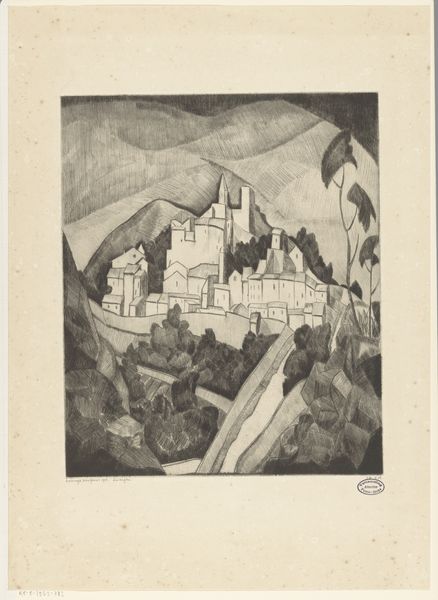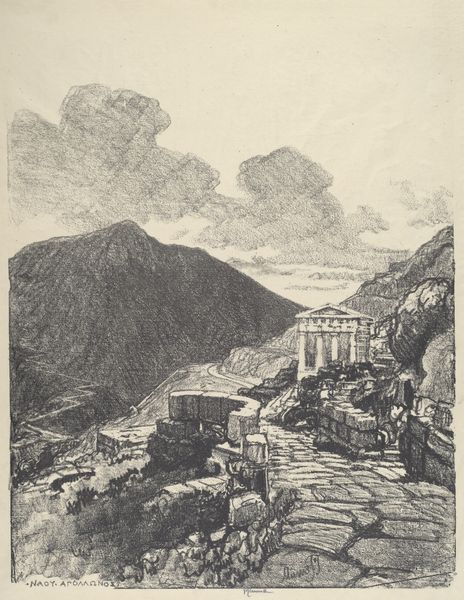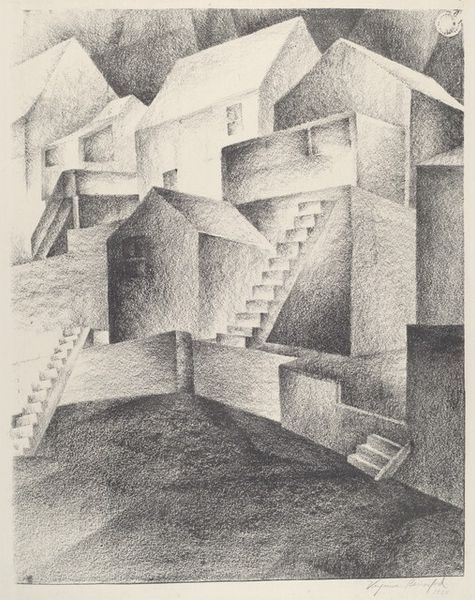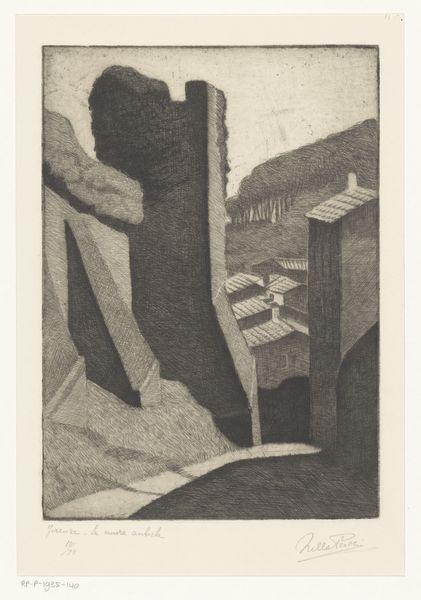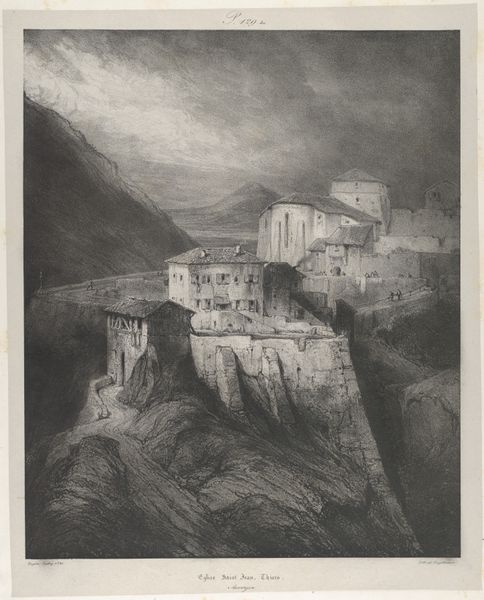
Opmerkelijke lava gesteenten uit 1669 bij de stadsmuren van Catanië 1778
0:00
0:00
drawing, pencil, graphite
#
pencil drawn
#
drawing
#
neoclassicism
#
pencil sketch
#
landscape
#
charcoal drawing
#
pencil drawing
#
pencil
#
graphite
#
cityscape
#
pencil work
#
graphite
Dimensions: height 369 mm, width 247 mm
Copyright: Rijks Museum: Open Domain
Louis Ducros made this wash drawing of lava formations near the city walls of Catania in the late 18th century. It captures a moment where nature and urban infrastructure meet, revealing much about the relationship between the city and its environment. Ducros, as a Swiss artist working in Italy, found a ready market among Grand Tourists for picturesque scenes of this kind. But this image isn’t simply a record of a natural curiosity. The lava rock is from an eruption of Mount Etna in 1669, so it speaks to the ever-present threat of natural disaster in Catania and the ways the city’s inhabitants adapted to life under its shadow. Ducros’s precise rendering of the site and the city walls creates a striking contrast between the unpredictable force of nature and the ordered world of human construction. To fully understand this image, we would need to delve into the geological history of the region and its role in shaping the social and political life of Catania. By researching the institutions of the Grand Tour, we can learn more about the cultural values that shaped the reception of images like this in Ducros’s time.
Comments
No comments
Be the first to comment and join the conversation on the ultimate creative platform.
